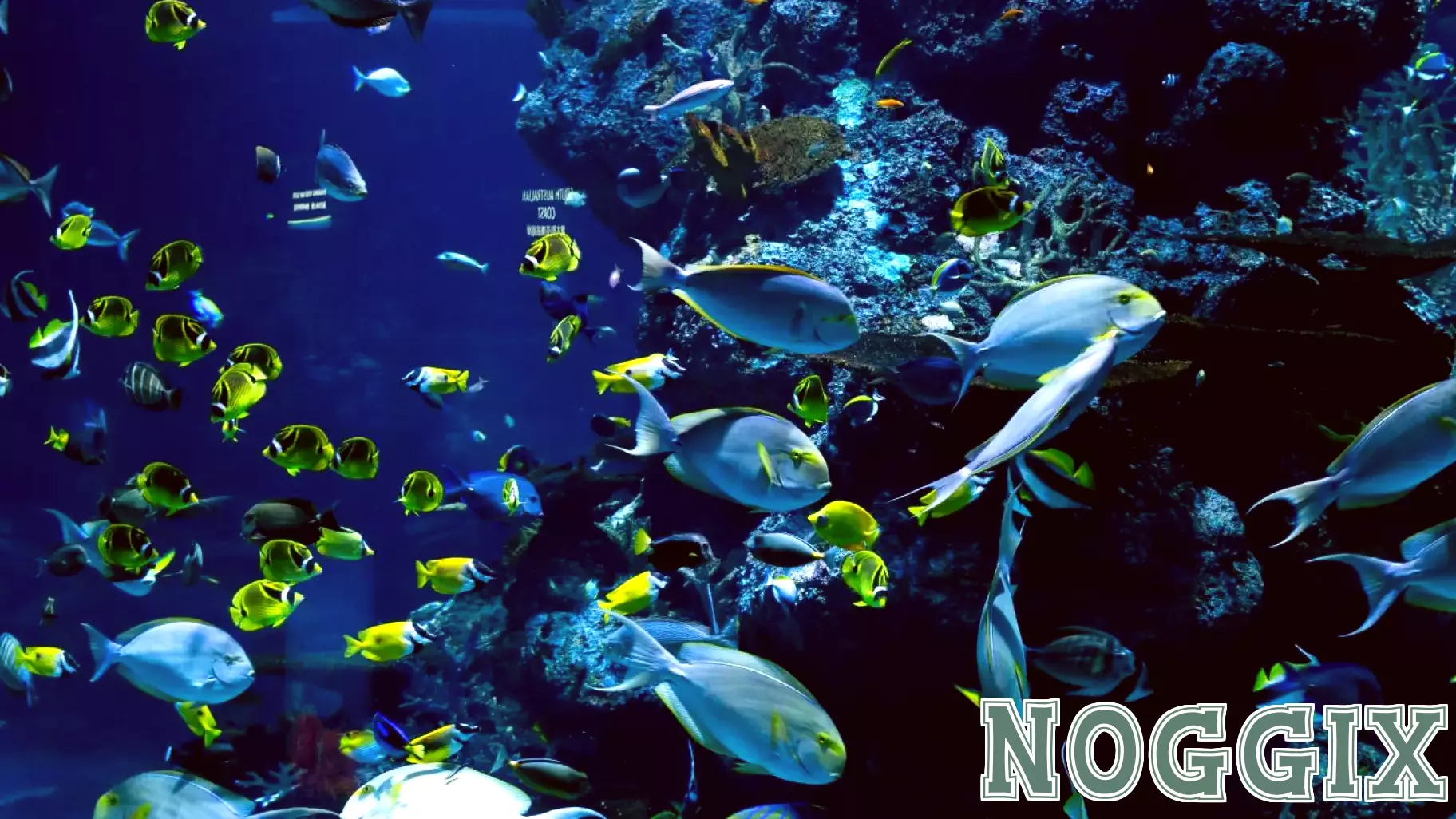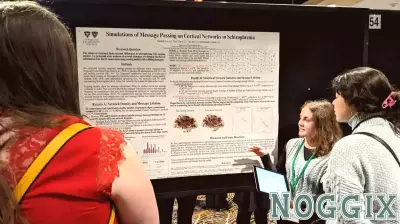March 14, 2025 - 05:48

In a fascinating glimpse into our evolutionary past, human embryos undergo a remarkable transformation during their early development, exhibiting features reminiscent of fish. During the initial stages of growth, embryos develop structures such as tails and gill-like formations, highlighting the shared ancestry between humans and aquatic life forms.
These traits, though temporary, serve as a powerful reminder of the complex journey of evolution that has shaped all living beings. The presence of these features can be attributed to the common genetic heritage that links humans with other vertebrates. As the embryo matures, these fish-like characteristics gradually disappear, making way for distinctly human features.
This phenomenon not only underscores the intricate processes of embryonic development but also reinforces the idea that all life on Earth is interconnected. The study of these early developmental stages provides valuable insights into the evolutionary mechanisms that have influenced the diversity of life, illustrating how our beginnings are rooted in the depths of the ocean.



